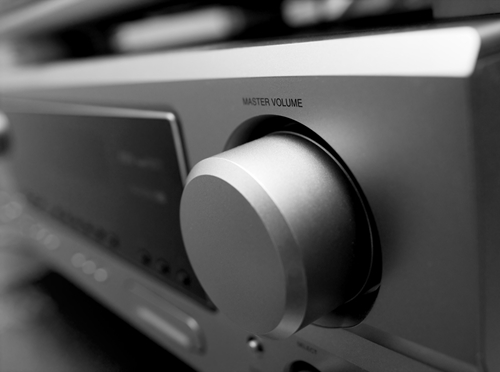A dance studio sound system is an essential – the success of your dancers depends in part on whether they can practice and perform to music with a high sound quality. Unfortunately, many people are intimidated by the technical jargon associated with sound systems and may not be using the best one for their studios. Don’t let feeling overwhelmed stop you from getting the best sound system for your money. Instead, read through this simple guide to finding the right sound system for your dance studio.
The Basics
Studio sound systems should include a music player, speakers and at least one amplifier. The music travels from the player and is amplified through the speakers to effectively fill the room. When possible, you should select equipment that is specially designed to work with the unique characteristics of a dance studio, recommended Kenleigh Industries, a sound equipment provider.
Studios have tricky acoustics because of their many hard surfaces, so general sound equipment may not be effective. The number of speakers and amplifiers you need for your studio depends on its square footage and ceiling height and on your class size, since the presence of people also affects how sound travels. The bigger your classroom space, the higher your speaker and amplifier power should be, advised Kenleigh.
According to Fitness AV, 80 to 200 watts is generally enough power for small studios, while bigger studios will need more.
Choosing a Music Player
If your studio is still playing music off of vinyl records, then it’s probably time for an upgrade. Your two main music format options are CDs and MP3s. A CD player is easy to use and connect to speakers, and ones with built-in recording and editing features will enable you to put compilations together or adjust songs to better fit with choreography.
Using MP3 files for your music saves a lot of space, and they won’t skip when dancers jump around, noted the Royal Academy of Dance. The source recommended purchasing a dual CD player and MP3 system for the most flexibility. You can play MP3 files without a docking station by directly connecting the player to the speakers via an auxiliary cord, however, you’ll miss out on remote capabilities, recording and other convenient features that come with a specially designed player.
Installation
It’s important to give some thought to how you install and set up your dance studio sound system to get the most out of it. The Royal Academy of Dance provided the following guidelines:
“Hi-fi separates should be wall-mounted at the front of your studio around 1.5m [4.9 feet] off the ground, away from the fingers of young children. Speakers should be wall-mounted around 2.5 metres [8.2 feet] from the ground on the front wall, at least 1m [3.3 feet] from each of the side walls. Basic loudspeaker cable is adequate for dance studios – make sure you get enough to run from the amplifier to both of your speakers. PA equipment can be mounted in a 19″ rack which can be portable (with wheels if possible) or attached to a wall. Be aware that powerful PA amplifiers can be extremely heavy and will require substantial support if wall-mounted.”
Depending on your prowess with tools, it can be wise to hire an AV specialist team to ensure your equipment is safely and correctly installed.
Add-ons
In addition to your music player, amplifier and speakers, there are other equipment and features that may be beneficial for your studio. One is pitch control, also known as varispeed, that is included with some CD players. According to the Royal Academy of Dance, pitch control is useful because it allows you to slow down or speed up songs.
However, the source noted that it may double or triple the cost of your music player. Another piece of equipment you might want to purchase is a wireless microphone so you can give instructions to the class over music without being restricted by cords. If you opt for a microphone, Kenleigh noted that you should also purchase a simple mixer, since it allows you to talk through the microphone while music is playing.
Additionally, it’s worth considering whether you want active speakers or passive speakers, according to the Royal Academy of Dance. Active speakers have built-in amplifiers, which make them heavier than passive speakers, so choose passive ones if you need your dance studio sound system to be easily transportable.
Cost-saving Options
While music players are relatively inexpensive, amplifiers and speakers tend to come with a heftier price tag. However, consider amps and loudspeakers an investment. The Royal Academy of Dance stated that these two types of equipment “will often work perfectly well for 10 years or more if they’re not pushed beyond their limitations.”
While you’ll likely come across “integrated sound systems” in your search – music players, amplifiers and speakers that are sold together as a package – it’s more cost-effective to by the components individually, according to Fitness AV. This way, you can buy each piece of equipment and any add-ons over time, according to your budget, and can easily update or expand your dance studio sound system as your studio size or resources grow.


